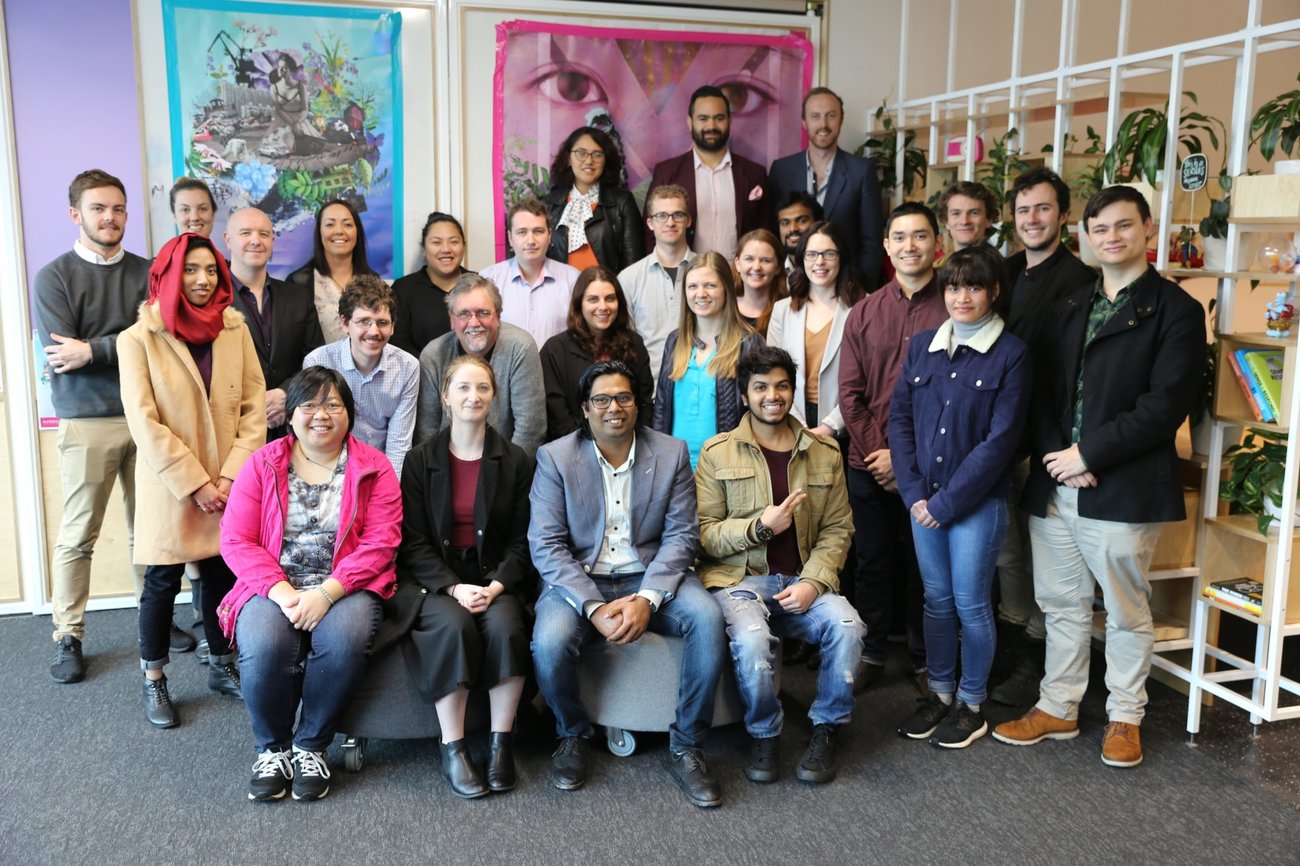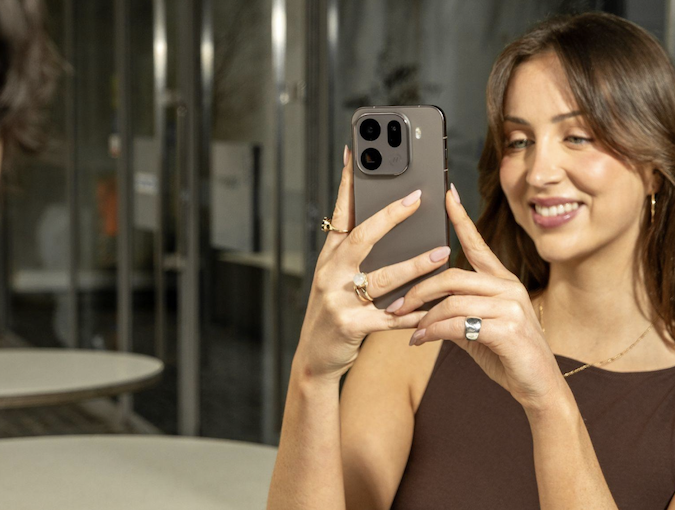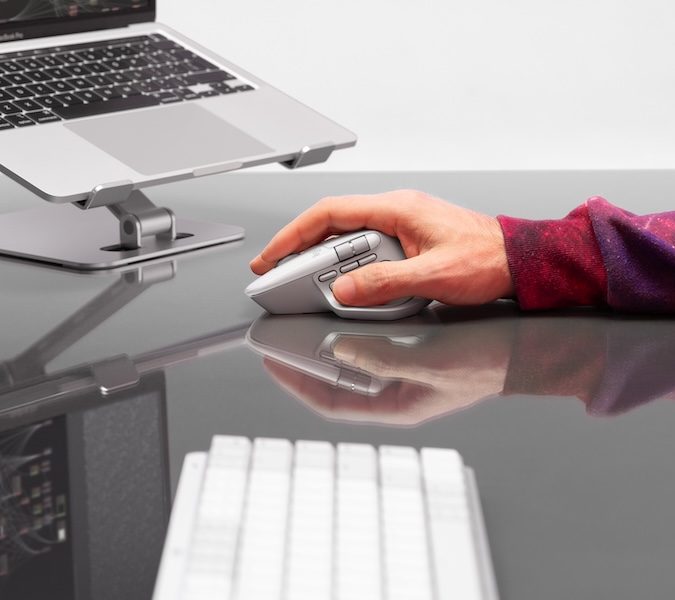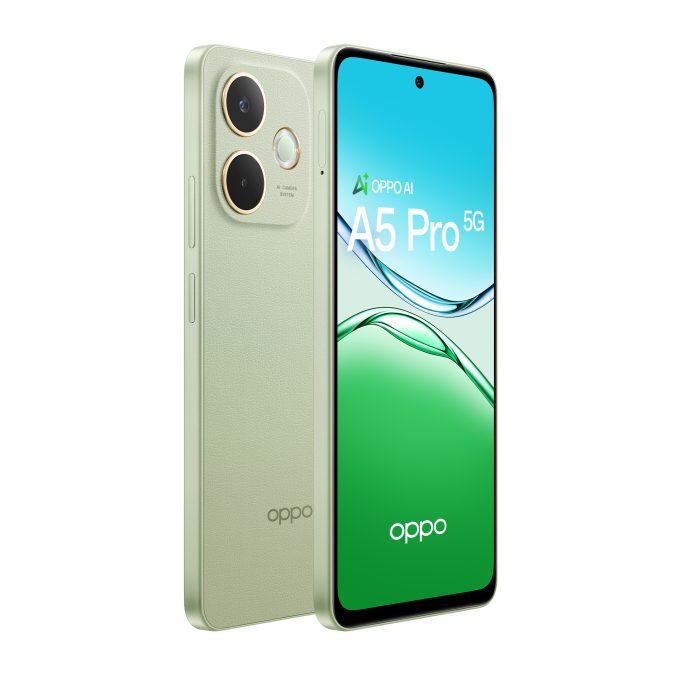
This year’s entrepreneurs come from all over New Zealand, including New Plymouth, Dunedin and Invercargill.
Over the next four months the entrepreneurs will have exclusive access to Te Papa’s experts, resources and business sector expertise to help develop and test their ideas – which include technology to help visitors ‘feel’ collection objects (without physically touching objects), event management software and interactive maps to connect research data. (Details below).
The teams will also be mentored by newly-named Mahuki 2018 entrepreneur-in-residence and STQRY co-founder, Ezel Kokcu.
The programme is supported by Callaghan Innovation, Morrison Kent, Deloitte Private and is a member of the INCO network. Now in its third year, 18 teams have gone through Mahuki so far, with two thirds of the teams having gone on to paid deployments (including within Te Papa).
Here are this year’s teams:
Mimicry (from Invercargill)
Using machine learning to encourage youth to create art in the style of well-known artists
Mimicry is Mahuki’s first Invercargill team. This team first got in touch with Mahuki after the Southland Museum closed, and the team identified the importance of keeping culture and arts alive in lieu of their museum. CEO, Louise Evans, recently opened Invercargill’s first coworking office space called Cahoots.
The team saw that there is a disconnect between the younger generation and the art cherished and immortalised by generations past. GLAM (Galleries, Libraries, Archives and Museums) institutions are in competition with entertainment venues and online content, and while contemporary art galleries are thriving, many traditional art galleries and museums need to find new ways to share their beloved works.

Mimicry, Invercargill. L to R Louise Evans, Doug Thwaites, Rachel Butler
“We believe by using machine learning and cutting-edge technology we can shrink the disconnect, and engage young people in a way they haven’t before,” says the group.
“We’ll create a program that will use machine learning to ‘read’ a sketch as you draw it, and bring it to life in the style of artists the program has studied. For example, as you start drawing a curve, the program may read the line as a hill, and overlay styles of Colin McCahon. Giving the audience a hands-on approach to studying works often beyond reach or considered untouchable.”
Showmode (from Wellington)
A multi-platform app that takes the stress out of running events
During the days of an event, many elements can be out of the organiser’s control. One of the biggest things to combat this is to structure the day. Showmode CEO, Aaron Blackledge, should know. He has operated as theatre technician and producer for the last ten years. He has also co-produced Fringe at the Gryphon in 2017 and 2018.
“Most processes in the entertainment industry have ‘industry standard’ programs, but not this. Organisers are still using phone alarms or count down timers as a quick fix. These don’t allow for synchronization across multiple devices or adjustments to timing that might be needed,” says Blackledge.
The Showmode team will create and further develop their multi-platform app that keeps track of programming and deadlines in real time, prior to and during an event, preset by the specific event management team.

Showmode’s Aaron Blackledge
Town Square (from Wellington)
An app that provides a one-stop solution to find and bookmark events in your city
Town Square first started when co-founders Katy Wilson and Mohit Shrivastava were in a foreign country and struggled to find activities to fill their spare time. They came up with Town Square to solve their problem of finding local events and activities more easily.
Town Square’s vision is to use technology to help people make the most of their leisure time and to also help event organisers and artists reach and connect with audiences.
“We remove barriers to going out by simplifying the process of finding good events and organising people to go with. This makes people more likely to actively choose what they do in their free time and not resort to unsatisfying default options like browsing social media,” says Wilson.

TownSquare, Wellington. L to R Lexie Clare, Katy Wilson
Town Square also makes it easy for event organisers and artists to reach relevant people through a targeted search function and machine learning algorithm. They also enable event organisers to create better events with their data-powered B2B solutions, which help organisers understand what people in their city are looking for.
UPTO (from Taranaki)
An online platform to encourage rangatahi (youth) to become more engaged in their community
Angela Dellow, CEO of Upto and a mum, is passionate about inspiring rangatahi to engage in more events and activities in their communities.
“In this digital age, it is easy for our future generations to spend their ‘growing-up’ in front of a digital screen,” says Dellow.
The Upto team want to provide more engaging options for rangatahi to spend their time. Using social media influencers, event organisers and tourism sites to engage youth to create relevant video content to encourage others to participate and engage.

Upto from New Plymouth. L to R Siobhan Fox, Shailah Anderson, Hohepa Te Moana, Angela Dellow
Fishhook (from Wellington)
Science workshops and events aimed at adults to encourage lifelong learning
Gabriela Perez, CEO of Fishhook did not engage with science education when she was a kid at school. She dropped out of all science and maths classes when she was 13. At the age of 23, she decided to teach herself physics and mathematics – and thrived in a self-taught, self-discovery environment. Now she has created tools to also help others to learn about science outside of an academic format.

Fishhook, Wellington. L to R Chris Elson, Gabriela Perez
“Science underpins every facet of our lives and the decisions we make every day that can have long-term effects on our planet,” says Perez. “We have a responsibility to understand more about the scientific world around us. All that’s needed is a hook to spark curiosity in the sciences and prompt an enthusiasm for lifelong learning.”
“Our products offer that ‘hook’. Through our immersive workshops and events you can extract DNA in a cocktail glass, build a star or become a human cell mechanic. Fishhook will give you a taste for experimentation and of the processes and models behind science and how easily you can access them and an understanding of how the world works.”
JIX (from Christchurch)
Sensory experiences for collection objects in GLAM institutions using mixed reality
JIX are creating a mixed reality experience that allows visitors to feel like they are touching collection objects and art. This is possible through their haptic driven museum experience which utilises virtual reality, hand gesture & location detectors, and haptic generators.
JIX are a team of award-winning developers (winning MYOB IT Challenges, regional winners of NZ Space Challenge 2018 and Singularity U NZ Tech Demo Presenters.) They recently created a Mars augmented reality experience which engaged at least at least 2000 people at the NZCareersExpo 2018.

JIX from CHCH. L to R Sakthi Priya Balaji Ranganathan, Prasanth Sasikumar
Hiamo (from Wellington)
An augmented reality app that recreates historical gun emplacements
Hiamo are a team of Software Engineering students from Victoria University, who want to extend their creative innovations into the world of business. Using augmented reality, Hiamo recreates historic sites and replicas of lost or damaged parts of the site.
“We are creating an augmented reality mobile application that users can bring to the sites themselves,” says the group. “This application allows users to see long-gone aspects of the site and interact with them in new ways”.
At this time Hiamo is focussed on recreating the guns at Wellington’s coastal defence sites. Using the application users can view the guns on the bases where they were once placed, and visualise the actions like the gun firing.

Hiamo, Wellington. L to R_ Alex Hockley, Jessica Veng, Shaika Khan
Merge Creative Agency (from Dunedin)
An augmented reality game that engages youth to explore museums more deeply
Merge Creative Agency is a team of Otago Polytechnic students who worked with Otago Museum on a project to engage more millennials into the museum.
When talking with their peers, Merge found that many millennials aren’t interested in museums and if they are, they don’t really take in the information. Young people, they found, were looking for experiences – not information – and valued peer social engagement over individual reflection.
To encourage rangatahi to value taonga too, Merge Creative Agency will develop live game narratives in the museum context to engage a broader audience with these precious treasures. The group will use augmented reality technology in a game app to bring people into the museum, and move these visitors though the exhibits to complete tasks. Their app will help create a fun learning environment that people can come back to time and time again.

MergeCreative from Dunedin. L to R Melanie Wilson, Catherine Chin, Avishkar Ahire
Take Me Back (from Nelson)
Creating a linked data cloud based service to increase access to collections across museums
Take Me Back first started at Hack Nelson Hackfest in November 2017. The product they developed at this event engaged Nelson Provincial Museum’s photography collection – enabling the museum to tell stories of the people of Nelson across multiple photographs.
Take Me Back believe that historic artifacts become more engaging when they illustrate a clear story that relates to the visitor. For instance, capturing all the images of a particular individual throughout their life helps bring the character to life, as illustration to that person’s story. Using this baseline Take Me Back can discover more relationships and stories by capturing links to other artifacts, e.g. family members, places of importance to them, and documented events. These links will be captured through a variety of mutually reinforcing means, including AI, expert knowledge and crowdsourcing.

TakeMeBack, Nelson. L to R Byron Cochrane, Adrian Cochrane, Liz Kolster
Take Me Back will create a linked data cloud based service, accessible via mobile and web applications, that could be easily replicated and modified to support any number of collections. Being built on open web standards, it would also have the ability to link collections together across museums that implement similar solutions.
Litmaps (from Auckland)
Creative interactive maps for connecting research data to aid academics
Kyle Webster is CEO of Litmaps and is also a PhD candidate in bio-nanotechnology and the National Development Manager for Chiasma.
Litmaps aims to empower people to interact directly with scientific literature through a game like interface that connects directly to research data with no third parties in between.

Litmaps, Auckland. L to R Joe Dixon, Kyle Webster, Axton Pitt
The interface will take the form of interactive and engaging maps on research into controversial and societally relevant topics such as climate change, vaccination, genetic engineering, the connection between cancer and smoking, and nuclear technology.
Article summaries produced by academic experts will act as ‘translations’ of abstracts, which can otherwise be full of technical jargon. Litmaps differ from other attempts to communicate a scientific consensus (or lack thereof) as it would map the entirety of peer-reviewed published literature of a field (including dissenting opinion) across time.




